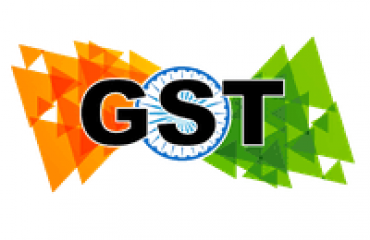
The GST framework allows companies to set off part of their future tax liability against GST paid by them on the raw materials sourced from suppliers.
Goods and services tax authorities have started issuing notices to several companies, after uncovering a mismatch in tax credits using deep analytics tools embedded in the GSTN software.
The tax department's analytics department has found these discrepancies in returns filed by companies, industry trackers said. The GST framework allows companies to set off part of their future tax liability against GST paid by them on the raw materials sourced from suppliers.
As per the GST framework, both supplier and the company that it supplies have to upload forms on the tax department's website.
The tax department then matches the GST paid with the tax credit claimed.
Often, there is a mismatch between the figures uploaded by the supplier and the tax credit claimed by the company. In these cases, the tax department can reject the tax credit claimed for the whole transaction. Some legal experts advising companies that have received such notices said that the department's notices should have given more time to companies.
"As per process, the adjudicating authority ought to have first scrutinised the returns and served a notice in case there was any discrepancy or mismatch. This would have given the assessee an opportunity to undertake rectification, if required. Only if there was a failure on the part of the assessee to rectify the discrepancy or mismatch, should the assessing officer have issued a show-cause notice," said Abhishek A Rastogi, a partner at law firm Khaitan & Co.
The tax department is of the opinion that the scrutiny of returns is not a mandatory step, and the authorities have the power to directly issue a show-cause notice. The government had earlier allowed a 20% mismatch, which has now been brought down to 5%. The tax notices come at a time when many companies are facing cash-flow issues and are highly dependent on smooth tax refunds.
